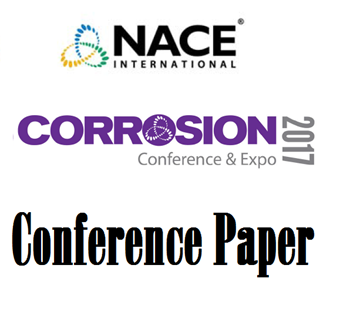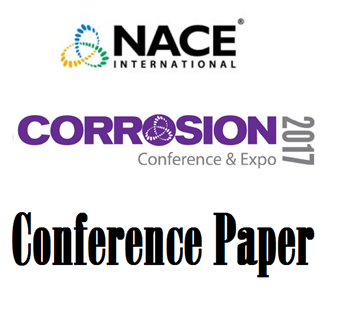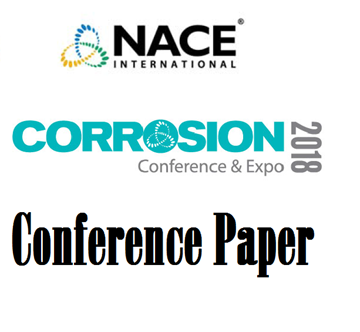In response to new Pipeline & Hazardous Material Safety Administration (PHMSA) and Department of Transportation (DOT) regulations asking owner/operators to be more diligent in ‘monitoring’ their assets due to internal and external pipeline corrosion. Many operators are using both wired and wireless ultrasonic sensors for both buried and above ground assets between regularly scheduled in-line inspections (ILI). By doing so, operators are able glean important wall thickness data, which they otherwise wouldn’t have without incurring significant costs from excavation, mass screenings such as ILI, etc. In addition, these operators can now use this data to map corrosion rates based on operational activity, mechanical activities, cleanings, chemical inhibitor utilization, etc. All of which help to paint the asset integrity and health of the asset under consideration which can extend its life of keep from leaks, spills, or other events. The ease of deployment coupled with the durability and flexibility of the different sensor platforms is allowing single point, multi-point, or area monitoring of critical asset locations to be monitored to allow operators to maintain their normal inspection intervals. Sensors are being deployed predominately for two different scenarios: New Construction: For areas which have been identified as low spots or potential troublesome locations during pipeline plotting. Asset Integrity Monitoring: For areas which have been identified by smart pigs or ILI. If a section has leaked or is in need of fix, sleeve, or repair, sensors are installed in the area where the asset failed previously. For pitting or ‘low spots’ which have been identified by the mass screening, sensors are placed on the areas which are marked to monitor the anomaly. This allows the asset owner to keep regularly scheduled ILIs as they are monitoring these low spots between inspections. Effectiveness of Mechanical or Chemical Cleaning: Using readily available corrosion data to confirm the presence/mitigation of corrosion activity at different locations along the asset. Essentially saving time and money by confirming, “Am I cleaning too much, or not enough?” or “Am I using enough (or the proper) chemical inhibitor, or too little?” In any of the above examples, these sensors can provide critical data around episodic or gradual ware of the asset due to microbiologically induced corrosion, chemical inhibitor effectiveness, and frequency of required cleaning. This paper will cover the sensor technology, deployment, and case studies around how the technology has helped owner/operators better protect their critical midstream assets.
Key words: Corrosion, Ultrasound, PIMS (Permanently Installed Monitoring Systems), Buried, Wired UT (Ultrasonic Thickness), Wireless UT (Ultrasonic Thickness), Monitoring, Asset Integrity




